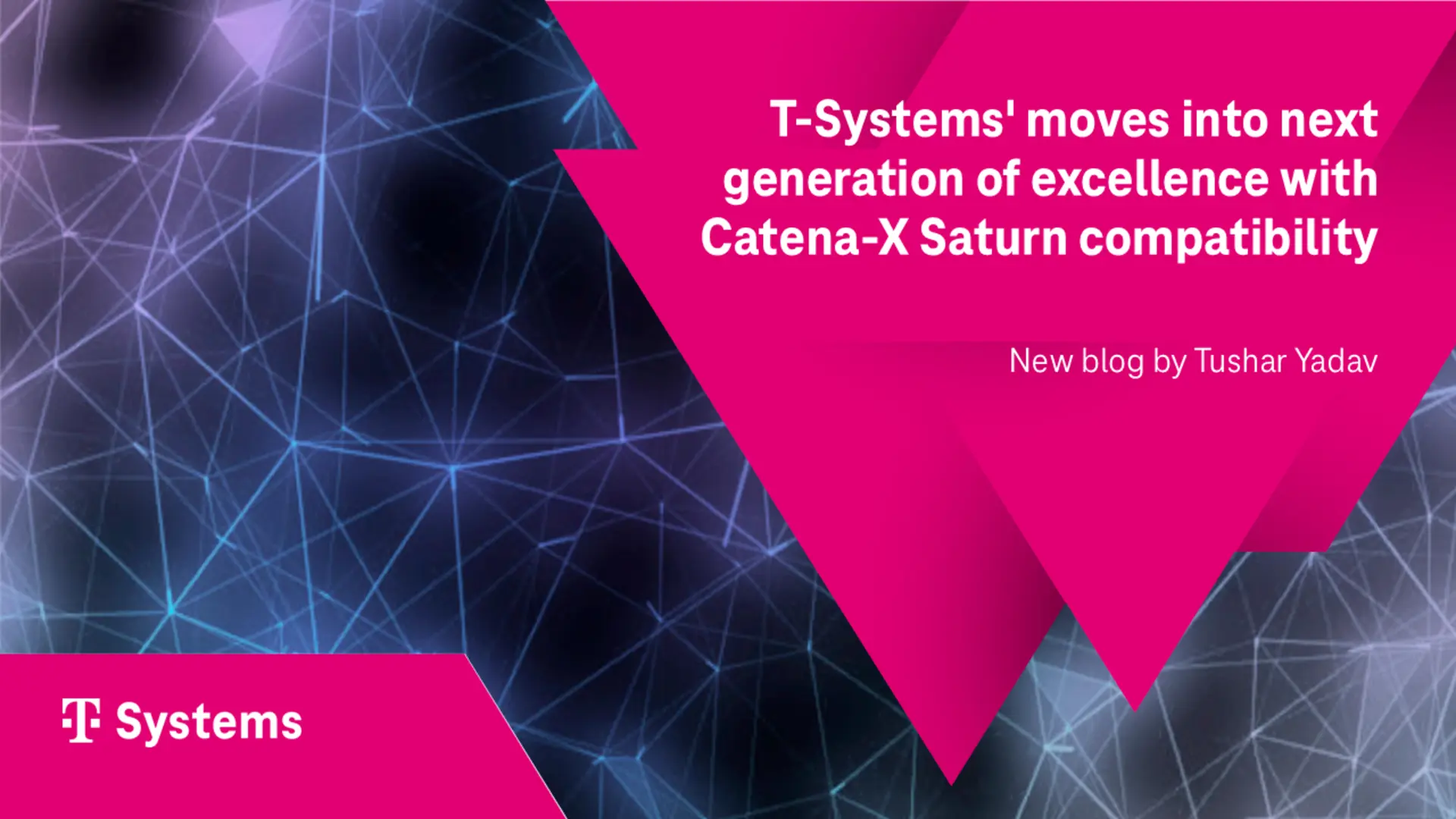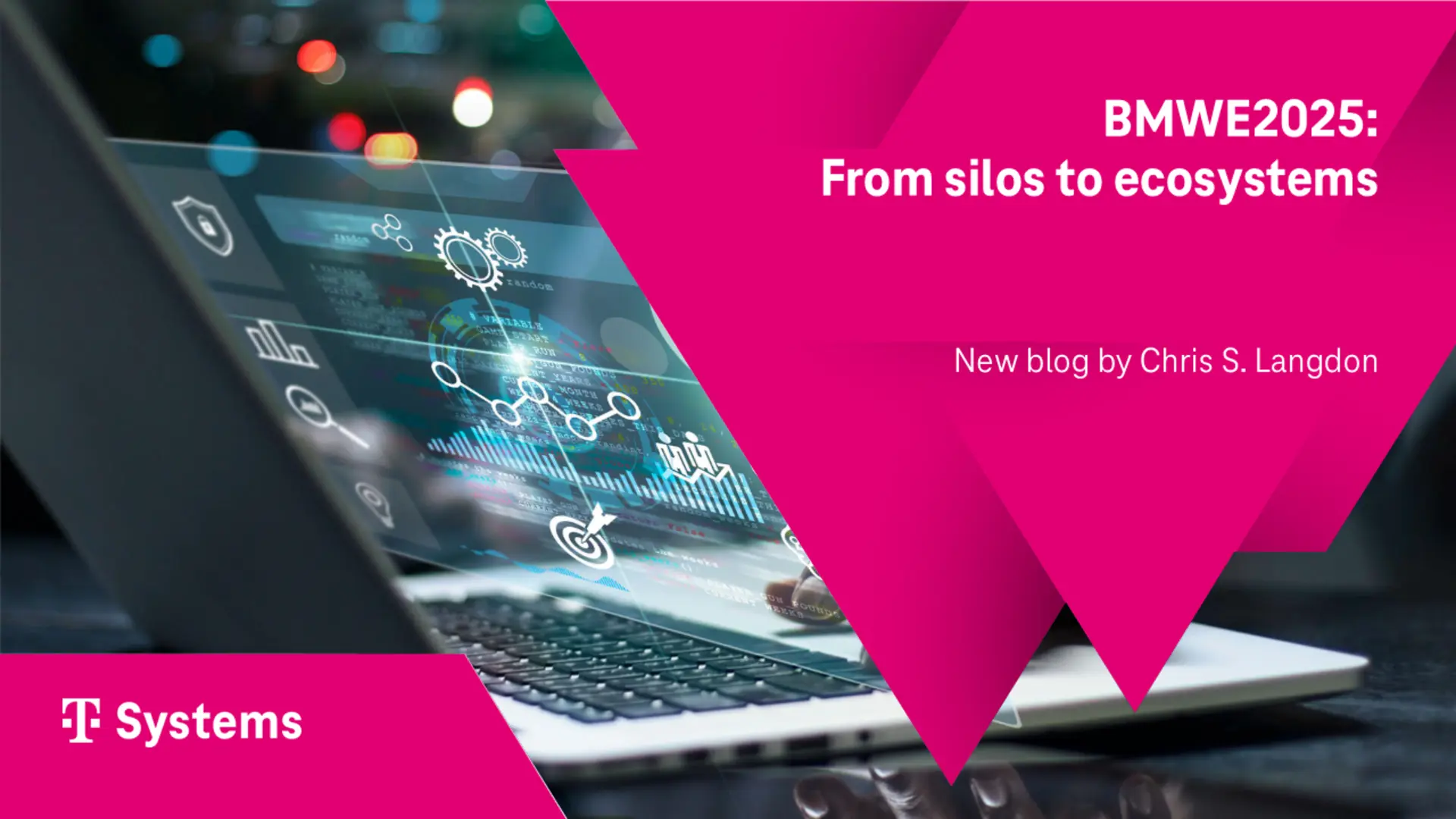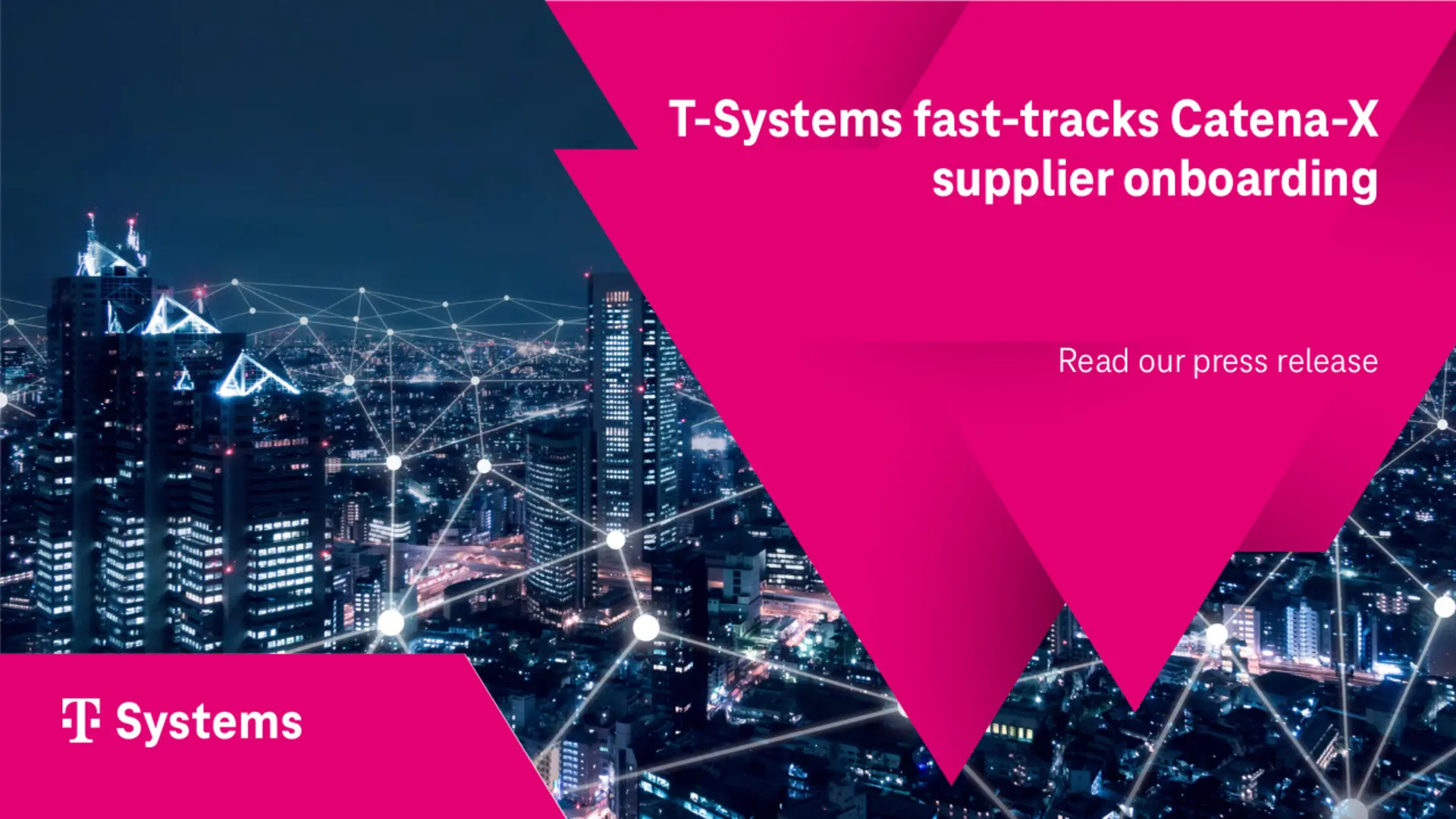Lasting business partnerships – are they possible without trust?
In today's digital landscape, trust forms the foundation of every interaction between companies. However, challenges such as data privacy, identity fraud, and unauthorized access hinder trust in data sharing environments. Moreover, increasing regulations add another layer of complexity for businesses, preventing them from entering the data economy and falling behind their competitors.
Why do companies need Verifiable Credentials?
Verifiable Credentials act like digital passports, they serve as trusted validators of individuals and entities. By using cryptographic methods, Verifiable Credentials ensure the security of information, mitigating the risks associated with cross-organizational data exchange. Additionally, Verifiable Credentials provide a standardized and secure solution for organizations to verify identities, boosting confidence in digital transactions while ensuring regulatory compliance. Verifiable Credentials are essential not only for trusting other parties but also for gaining trust from others.
Digital.ID: Become a trusted partner in dataspaces
Digital.ID is the gateway to acquiring and leveraging Verifiable Credentials, ensuring lasting partnerships, secure digital identities, and reliable trust chains.
- Validation Service: Digital.ID employs a robust validation service to verify legal commercial registration numbers and European financial transaction identifiers through trusted data sources.
- Gaia-X Compliance Service: As Gaia-X Digital Clearing House (GXDCH) node, Digital.ID ensures compliance with the Gaia-X Trust Framework, aligning Verifiable Credentials with recognized standards.
- Notarization Service: Digital.ID's notarization service issues digitally signed eIDAS-conform Verifiable Credentials based on a Hardware Security Module, ensuring the highest standards of security.
Use Case: Verifiable Credentials for easy remote onboarding to dataspaces
Verifiable Credentials offer a solution to remote onboarding challenges in dataspace by digitally validating participants' identities through trusted third-party verification vendors. These credentials simplify the process, allowing participants to prove their identities instantly. Unique participant IDs with encoded access privileges are issued by organizations, enabling immediate access to dataspace resources upon registration. This approach speeds up onboarding for all participants while seamlessly integrating with security protocols.
Verifiable Credentials significantly accelerate the onboarding process, granting participants access to essential tools and systems from the outset. Participants benefit from instant identity verification and can reuse credentials for future interactions, enhancing efficiency, particularly for onboarding to multiple dataspaces. Organizations and identity verification vendors play pivotal roles as issuers, ensuring a smooth onboarding experience while maintaining strict security standards within the dataspace ecosystem.
Get Started with Digital.ID
Visit our website and learn how Digital.ID can transform your organization, enabling you to become a trusted partner in dataspaces and data sharing. Join us in unlocking a new era of trust in digital interactions.
References
Telekom Data Intelligence hub. (n.d.-c) Digital.ID. Telekom Data Intelligence Hub
Telekom Data Intelligence Hub. (n.d.). Glossary - Verifiable credential. Telekom Data Intelligence Hub
Telekom Data Intelligence Hub. (n.d.). Glossary - EIDAS. Telekom Data Intelligence Hub
Telekom Data Intelligence Hub. (n.d.) Glossary - Gaia-X Trust Framework. Telekom Data Intelligence Hub
Telekom Data Intelligence Hub. Glossary - Gaia-X Digital Clearing House (GXDCH). Telekom Data Intelligence Hub. (n.d.).























